Dried Mexican Peppers: A Flavorful Guide for Spice Lovers and Pros
Table of Contents
Introduction to Dried Mexican Peppers
If you're a spice enthusiast or a professional in the culinary world, you've probably heard of dried Mexican peppers. These fiery little powerhouses are the backbone of many traditional dishes from Mexico and beyond. But what exactly are they, and why are they so special? Let's dive into the world of dried Mexican peppers.
Dried Mexican peppers are not just any chili; they are the result of sun-drying fresh peppers, which intensifies their flavor and heat. This process allows for longer storage and more concentrated taste, making them an essential ingredient in salsas, moles, stews, and even hot sauces.
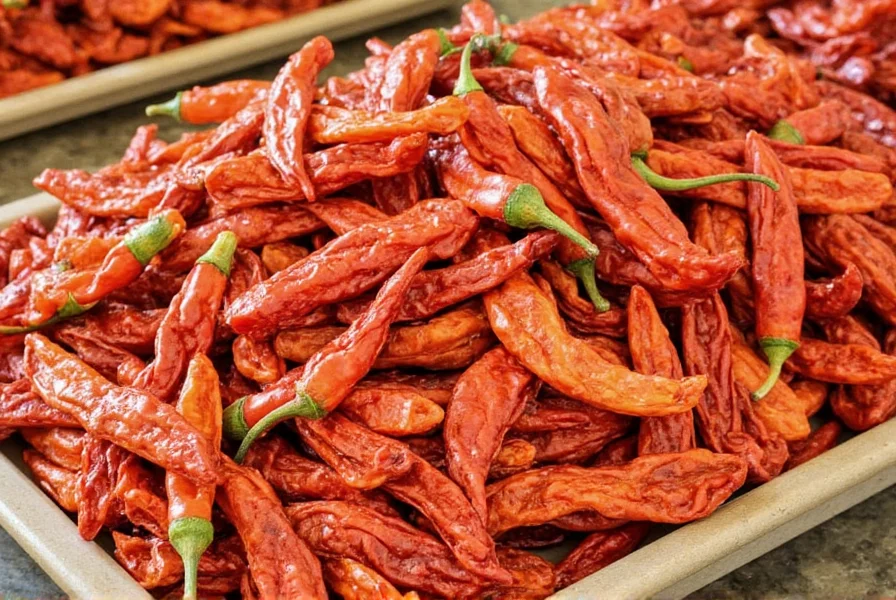
Types of Dried Mexican Peppers
There are many types of dried Mexican peppers, each with its own unique flavor profile and level of heat. Here are some of the most popular ones:
- Chilhuacle: Known for its smoky, nutty flavor, this pepper is often used in mole sauces.
- Ancho: The dried version of the poblano pepper, it has a sweet and mild flavor, perfect for sauces and rubs.
- Poblano: Often used in chiles rellenos, when dried it becomes a chipotle pepper.
- Guajillo: A medium-heat pepper with a tangy, slightly sweet flavor that’s great for soups and stews.
- Chipotle: Smoked and dried jalapeños, these add a deep, smoky heat to any dish.
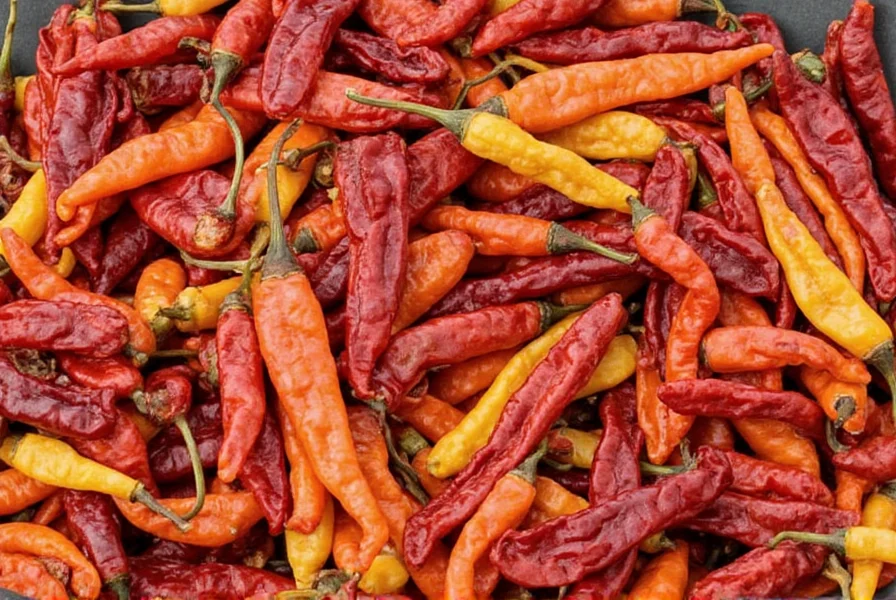
Practical Tips for Using Dried Mexican Peppers
Whether you're a seasoned chef or a home cook, here are some tips to help you get the most out of your dried Mexican peppers:
- Rehydrate Before Use: To bring out the full flavor, soak the peppers in warm water for about 30 minutes before using them in recipes.
- Toast for Extra Flavor: Toasting the peppers on a dry skillet adds a rich, smoky depth to their natural flavor.
- Use in Small Amounts: Since dried peppers can be quite intense, start with a small quantity and adjust to taste.
- Pair with Complementary Flavors: They work well with ingredients like garlic, onion, tomatoes, and citrus to balance the heat.
- Make Your Own Seasoning Blend: Mix dried peppers with salt, cumin, and other spices to create a custom seasoning for meats, beans, or rice.
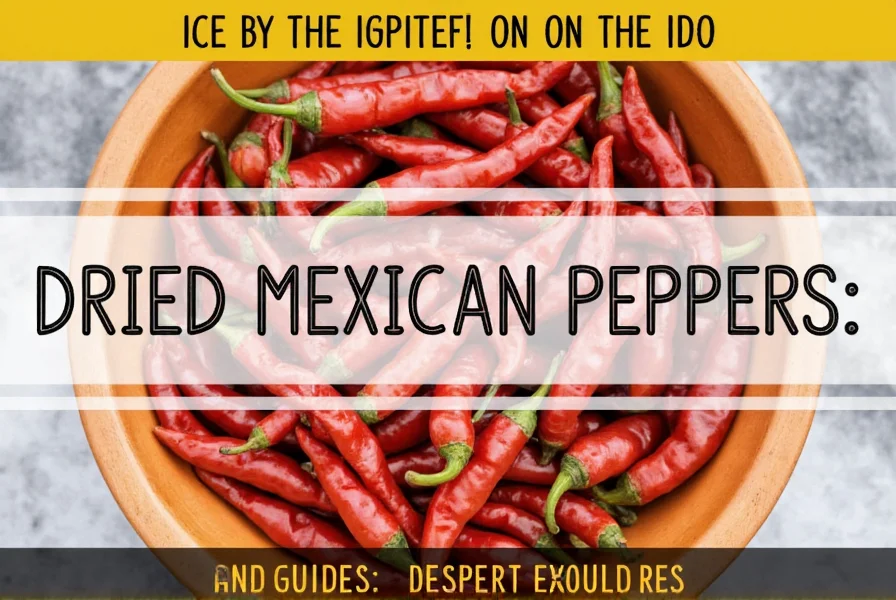
Cooking with Dried Mexican Peppers
One of the most common uses of dried Mexican peppers is in traditional Mexican cuisine. Here are a few popular dishes where they shine:
- Mole: A complex sauce made with various peppers, chocolate, and spices. It's a staple in many Mexican households.
- Salsa: Many salsas use dried peppers to add depth and heat, especially in versions like salsa roja or salsa macha.
- Stews and Soups: Peppers are often added to bean stews, pozole, and other hearty broths for extra flavor and warmth.
- Hot Sauces: Crushed and blended with vinegar, garlic, and other ingredients, dried peppers make a robust homemade hot sauce.
- Rubs and Marinades: They’re excellent for adding heat and flavor to grilled meats, especially pork or chicken.
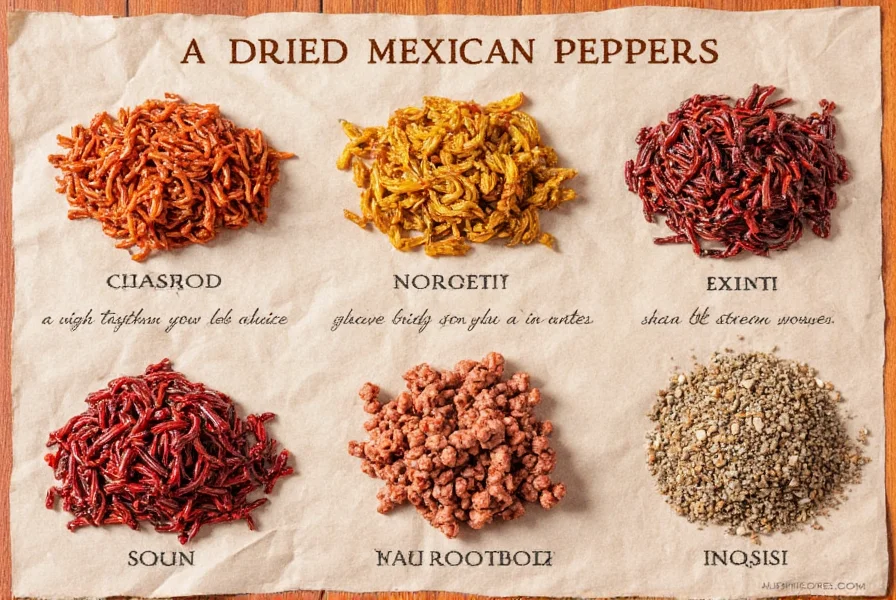
Buying Guide: How to Choose the Best Dried Mexican Peppers
Choosing the right dried Mexican peppers can make all the difference in your cooking. Here's a guide to help you pick the best ones:
| Pepper Type | Heat Level (Scoville) | Flavor Profile | Best Uses |
|---|---|---|---|
| Chilhuacle | 1,000 - 5,000 | Smoky, nutty, slightly sweet | Mole, slow-cooked dishes |
| Ancho | 1,000 - 1,500 | Sweet, mild, earthy | Sauces, rubs, enchiladas |
| Guajillo | 2,500 - 5,000 | Tangy, slightly sweet, fruity | Stews, salsas, soups |
| Chipotle | 2,500 - 8,000 | Smoky, spicy, slightly sweet | Grilled meats, tacos, sauces |
| Poblano | 1,000 - 1,500 | Mild, slightly sweet, earthy | Chiles rellenos, soups, stews |
When buying dried Mexican peppers, look for:
- Uniform Color: Peppers should be uniformly dark red or brown, with no signs of mold or discoloration.
- Firm Texture: Avoid soft or brittle peppers, as they may have lost their potency.
- Strong Aroma: Fresh peppers will have a strong, distinct smell. If they smell stale or musty, they may not be fresh.
- Origin and Quality: Opt for organic, non-GMO, and ethically sourced options if possible.
If you're looking for a specific product, consider the following:
- Organic Dried Ancho Peppers: Great for those who prefer organic options. Perfect for making sauces and seasonings.
- Smoked Chipotle Peppers: Ideal for adding a smoky kick to grilled dishes or hot sauces.
- Guajillo Pepper Blend: A mix of guajillo, pasilla, and ancho peppers, great for making a flavorful salsa or stew.
- Chilhuacle Pepper Pack: For those who want to experiment with authentic mole flavors, this pack includes high-quality chilhuacle peppers.
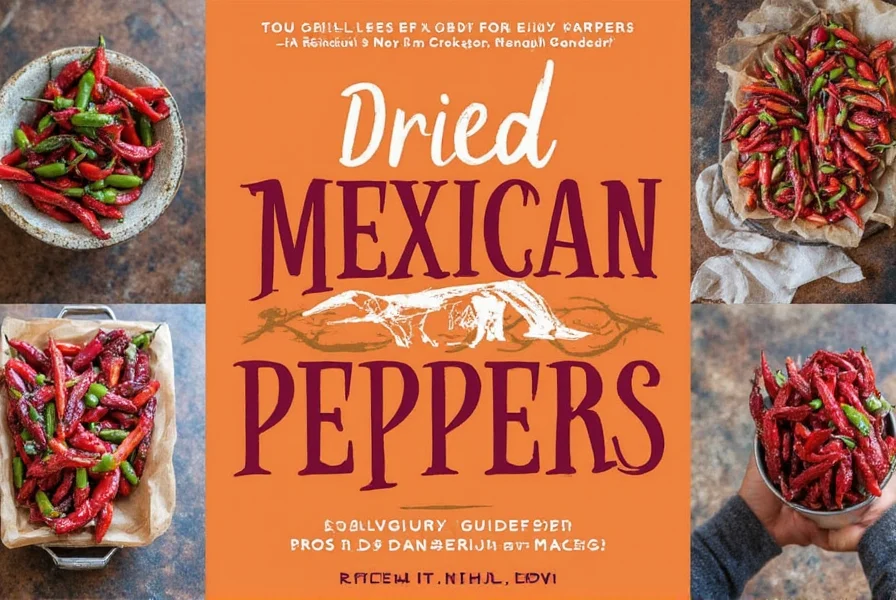
Conclusion
Dried Mexican peppers are more than just a source of heat—they're a gateway to bold, complex flavors that elevate any dish. Whether you're a beginner exploring the world of spices or a pro looking to refine your technique, these peppers offer endless possibilities.
Remember, the key to using dried peppers effectively is to rehydrate them properly, toast them for extra depth, and pair them with complementary ingredients. With the right approach, you can unlock a whole new dimension of flavor in your cooking.
So next time you're at the market, don’t pass up a bag of dried Mexican peppers. They might just be the secret ingredient your dishes have been missing.
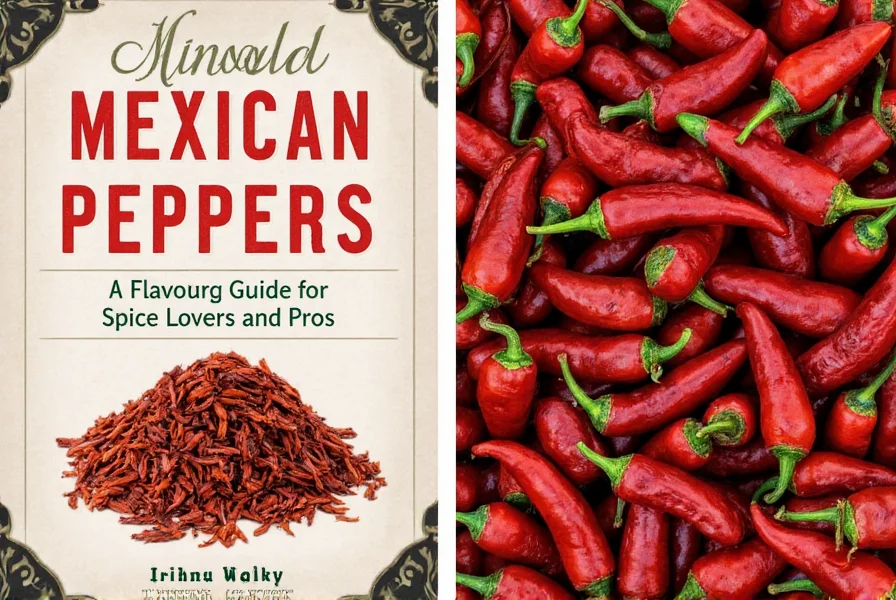

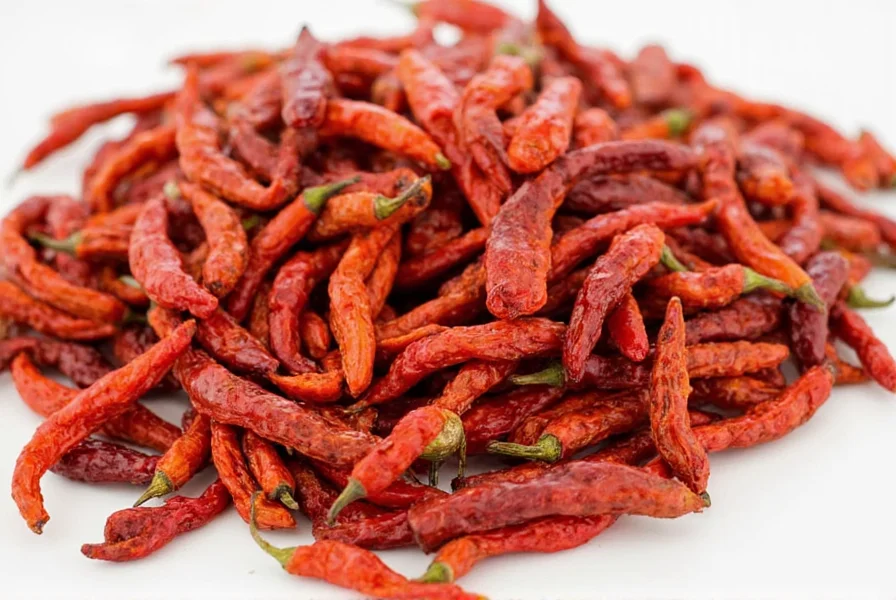









 浙公网安备
33010002000092号
浙公网安备
33010002000092号 浙B2-20120091-4
浙B2-20120091-4